Velvet Moon (벨벳문)
1.6Km 2021-03-26
39, Jahamun-ro 5-gil, Jongno-gu, Seoul
+82-10-4028-9957
This coffee shop roasts coffee beans directly. This Korean dishes restaurant is located in Jongno-gu, Seoul. The most famous menu is espresso.
Cheongwadae Sarangchae (청와대사랑채)
1.6Km 2025-02-06
45 Hyoja-ro 13-gil, Jongno-gu, Seoul
+82-2-723-0300
Cheongwadae Sarangchae is a space where visitors can learn about Korean culture and the history of former Korean presidents. Visitors can view the hidden stories of Cheongwadae and feel the charms of touring in Korea.
Seoul Dance Festival (서울무용제)
1.6Km 2021-08-11
7, Daehak-ro 8-gil, Jongno-gu, Seoul
• 1330 Travel Hotline: +82-2-1330
(Korean, English, Japanese, Chinese) • For more info: +82-2-744-8066
Seoul Dance Festival started in 1979 and is a representative dance festival in Korea, introducing Korean dance, modern dance, ballet and other genres of creative dance performance. The festival offers performances by dance troupes from all over Korea and specially invited performing arts groups from abroad, as well as university students majoring in dance and performing arts.
Cheongwadae Sarangchae Souvenir Shop (청와대 사랑채 기념품점)
1.6Km 2016-10-10
45, Hyoja-ro 13-gil, Jongno-gu, Seoul
+82-2-723-0336
Located in one of Korea's most representative cultural attractions, Cheongwadae Sarangchae, this souvenir shop sells various cultural and special products that are articulately designed and handcrafted. Products and souvenirs with Cheongwadae logos are also available for sale.
Seoul Theater Festival (서울연극제 2020)
1.6Km 2020-05-22
7, Daehak-ro 8-gil, Jongno-gu, Seoul
• 1330 Travel Hotline: +82-2-1330 (Korean, English, Japanese, Chinese) • For more info: +82-2-765-7500
Seoul Theater Festival is a theatrical arts festival that has been representing Seoul for over 40 years. The festival’s history first began in 1977 under the name “Republic of Korea’s Theater Festival” with the aim of developing Korea’s original theater productions. The festival has evolved to presenting original performances as well as to interpreting and holding both premier and reruns of excellent performances since 2017.
Hojil (호질)
1.6Km 2021-03-20
15, Jahamun-ro, 9-gil, Jongno-gu, Seoul
+82-2-764-6822
A good restaurant to visit before and after the tour, being located near Gyeongbokgung Palace, one of the tourist attractions. This restaurant's signature menu is spicy sea snail salad. This Korean dishes restaurant is located in Jongno-gu, Seoul.
The Bus Stop (더버스스탑)
1.6Km 2024-03-12
26-1, Toegye-ro, 20-gil, Jung-gu, Seoul
+82-10-9083-9616
Located between Myeongdong Street and Namsan Mountain, this café is a perfect place to stop for a drink and dessert while traveling around Seoul, as its name means "bus stop". They serve tasty coffee, ade, bubble tea, and other drinks, as well as a variety of desserts. The neighboring Namsan Pork cutlet Street is worth a visit for meal before visit here.
Ramada Hotel Dongdaemun (라마다호텔 동대문)
1.6Km 2021-06-15
354, Dongho-ro, Jung-gu, Seoul
+82-2-2276-3500
Ramada Hotel Dongdaemun is a business hotel located in the heart of Seoul. It is located within a short walking distance from Dongdaemun History & Culture Park with many of Dongdaemun's major shopping centers close by. The hotel offers a conference room that can accommodate up to 20 people and a business center that caters to guests who are on a business trip. Guests can also take advantage of free Wi-Fi from their room.
Namdaemun MESA (남대문 메사)
1.6Km 2021-06-30
2, Namdaemunsijang 10-gil, Jung-gu, Seoul
+82-2-2128-7800
MESA's name originates from the Spanish word meaning a flat plateau-like mountain summit at the end of a gentle slope. It was named so as a vision for this family-friendly mall to succeed with no obstacle on its way. MESA is a full-line store situated between Myeong-dong's department store zone and Namdaemun Market. The store opened with the concept of a "global family shopping mall," selling diverse items that suit family households.
Daenamu Wine Samgyeopsal (대나무와인삼겹살)
1.6Km 2021-03-18
29, Toegye-ro, 20-gil, Jung-gu, Seoul
+82-2-753-7271
It sells pork belly aged with wine. The most famous menu is wine marinated grilled pork belly. A barbecue specialty restaurant located in Myeong-dong, Seoul.
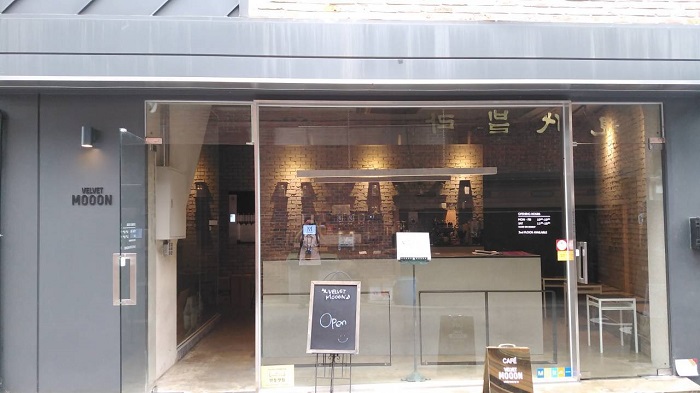
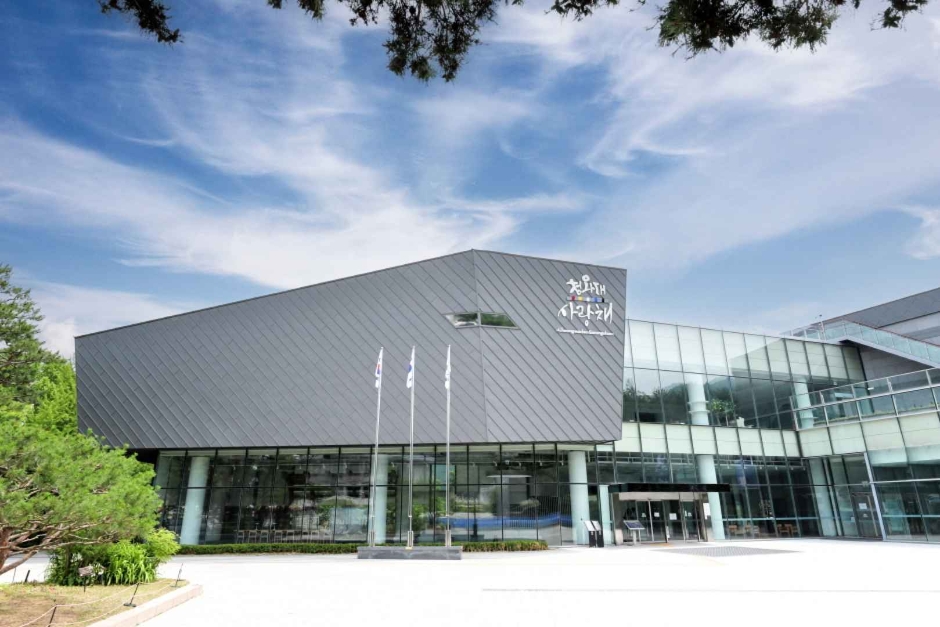
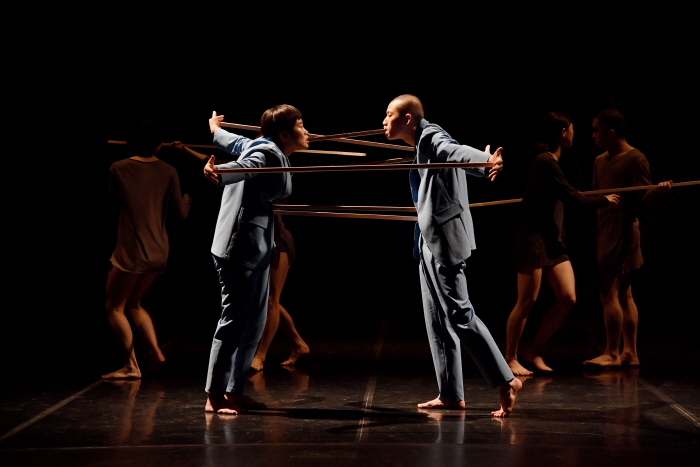
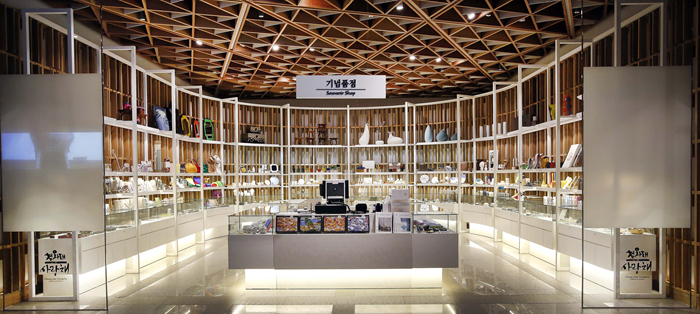
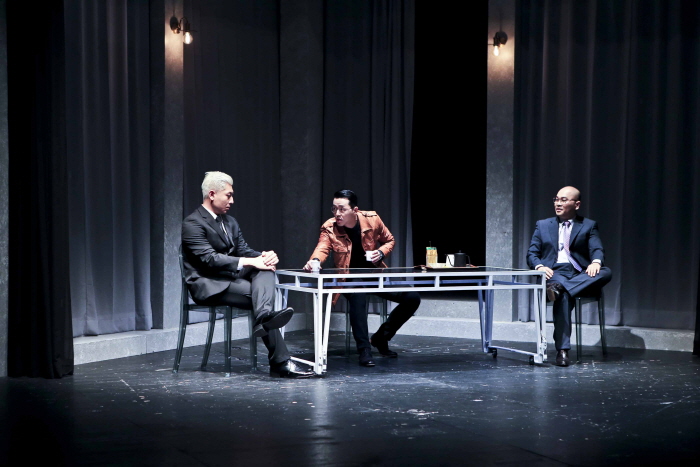
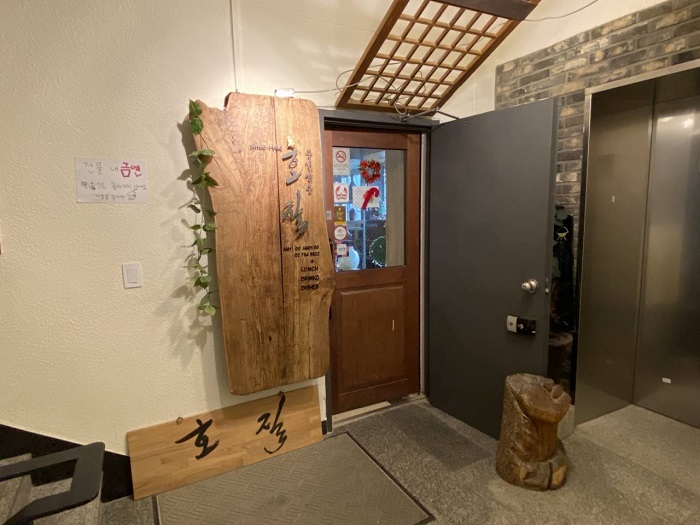

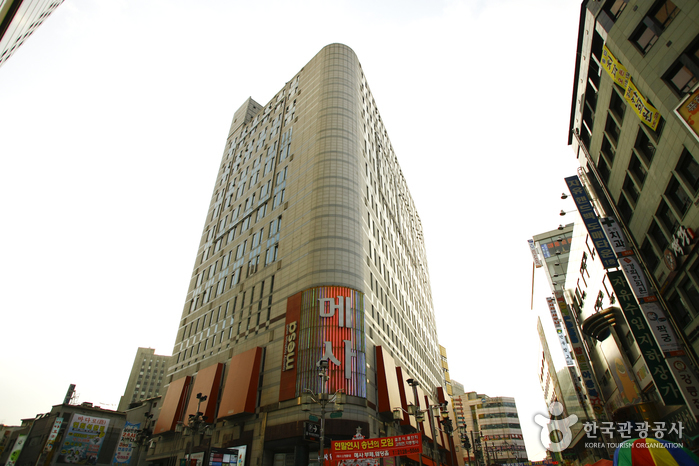
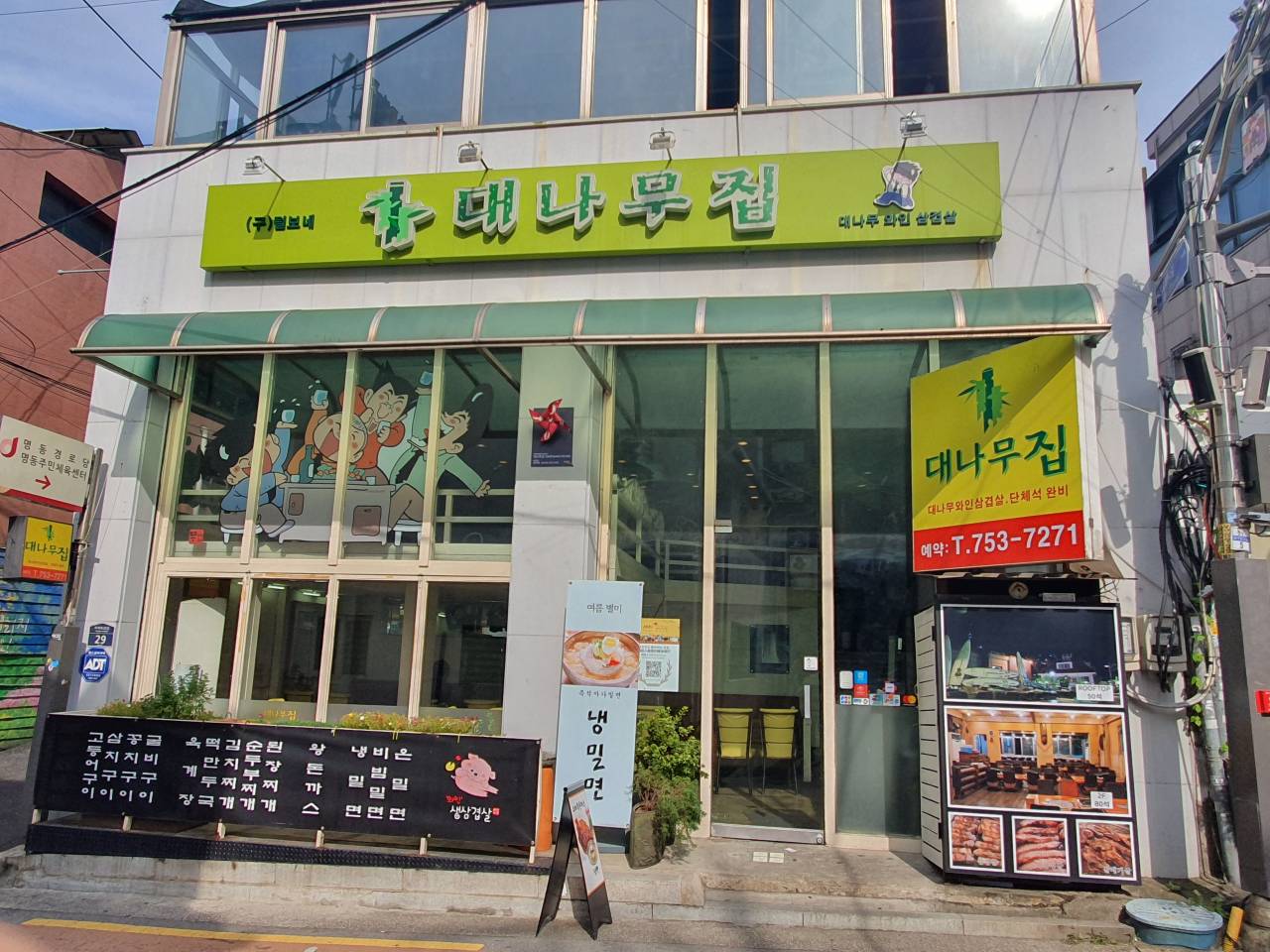
 English
English
 한국어
한국어 日本語
日本語 中文(简体)
中文(简体) Deutsch
Deutsch Français
Français Español
Español Русский
Русский